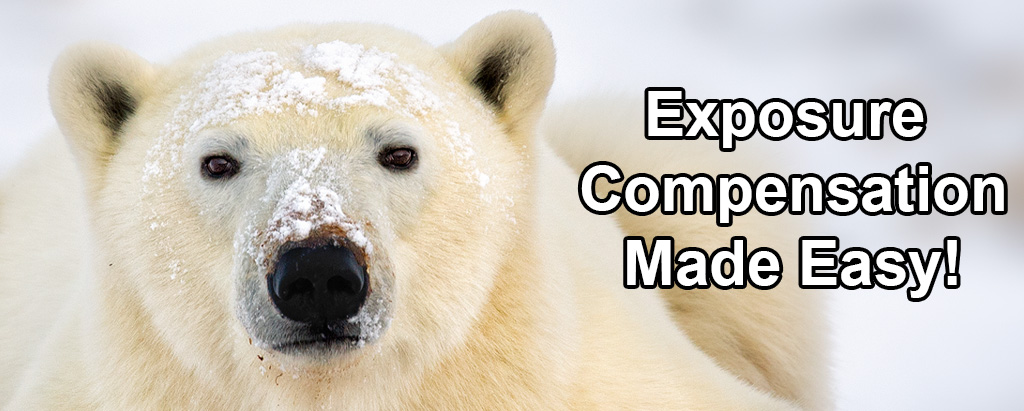As Karen posted it would be best to see a sample of the problem with the EXIF data (Shutter Speed, Aperture and what the camera chose for ISO). But the typical problem is the tones in the scene, particularly the subject vs the background if the subject isn't filling the frame. IOW, camera metering and automated exposure modes (including Auto ISO) work on the assumption that the scene averages out to middle tone (i.e. 18% reflectivity or the tone of standard photo gray card). If you have something like a dark background, and a bird with some white feathers, especially if the bird doesn't take up most or all of the frame then the camera will overexpose trying to make that dark background middle tone and the white feathers will blow out.
The answer in a case like that is some negative exposure compensation to protect the highlights and get that dark background dark again. There are other combos of subject tones, subject itself (e.g. all bright like a Trumpeter Swan vs mostly dark with a bit of bright like a Bald Eagle or Osprey) vs backgrounds that can cause exposure troubles and again if you're shooting in an automated exposure mode like Manual with Auto ISO then dialing in some exposure compensation is the best way to deal with those problems.
The other option if the light isn't changing fast is to shoot in full Manual exposure with manual ISO and pre-meter on something neutral toned and then shoot without worrying about blowing highlights until the light levels change (e.g. sun going in and out of clouds or near sunrise/sunset).
This blog post and video of
@Steve's might help:
Exposure compensation – I don’t think there’s another exposure control that causes more confusion. In fact, I think most people are in for a surprise or two when they watch this one! In this video, we’ll explore every aspect of exposure compensation and knock confusion to the curb. We’ll discuss...

backcountrygallery.com


